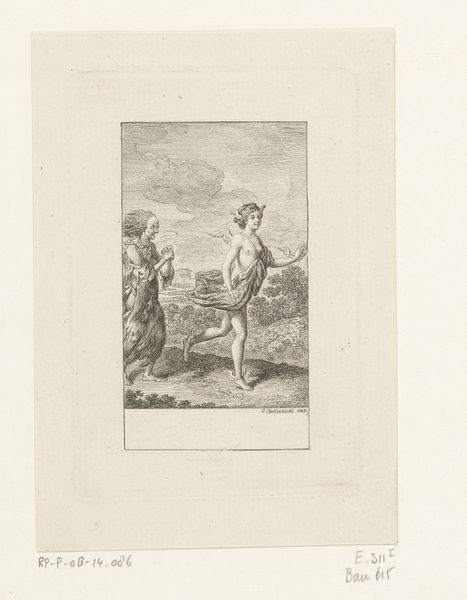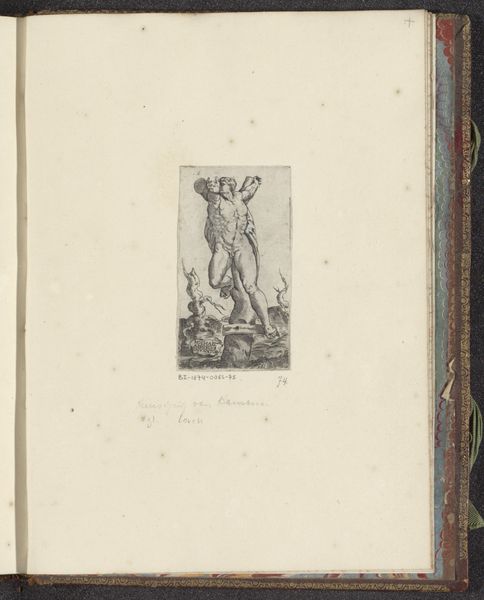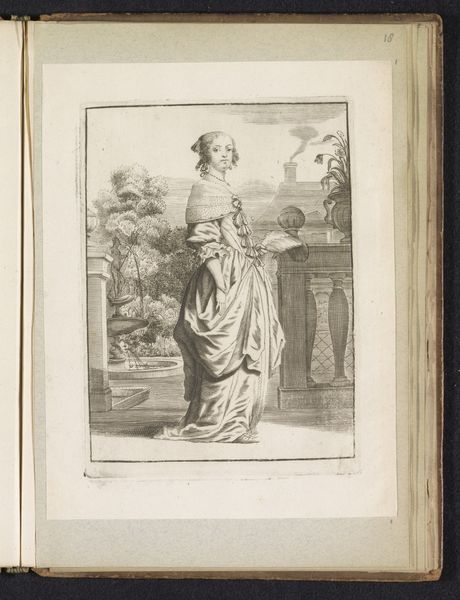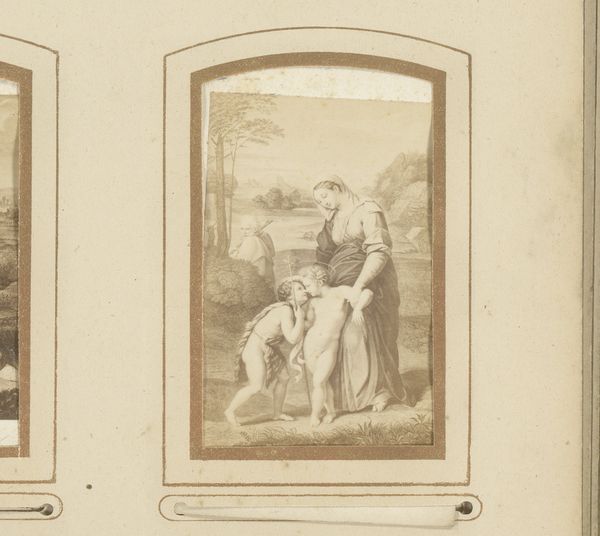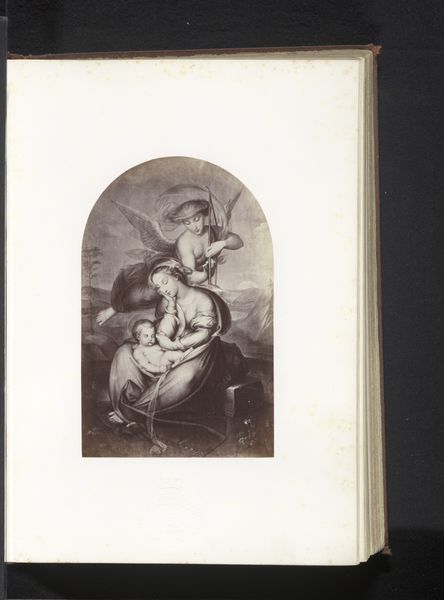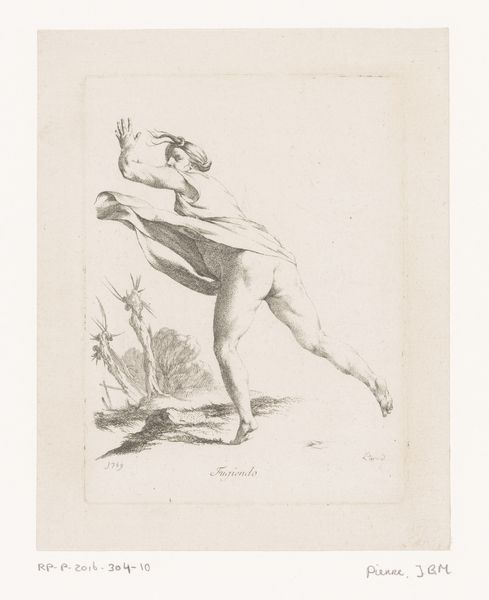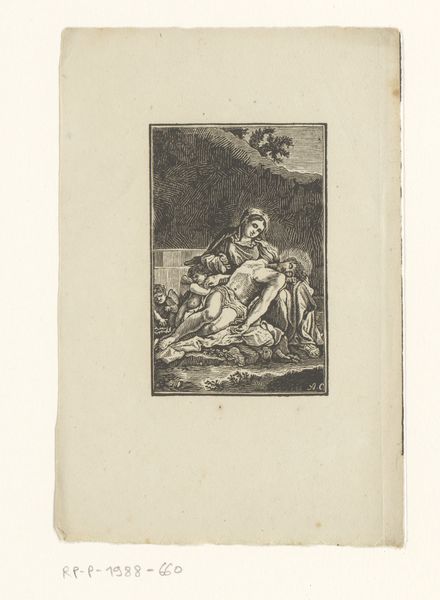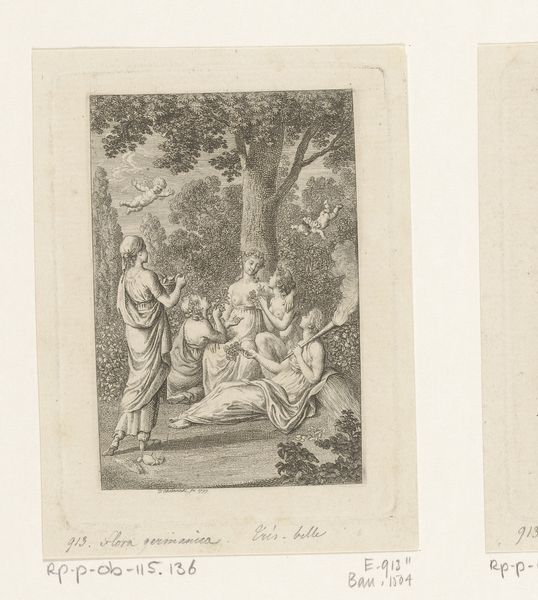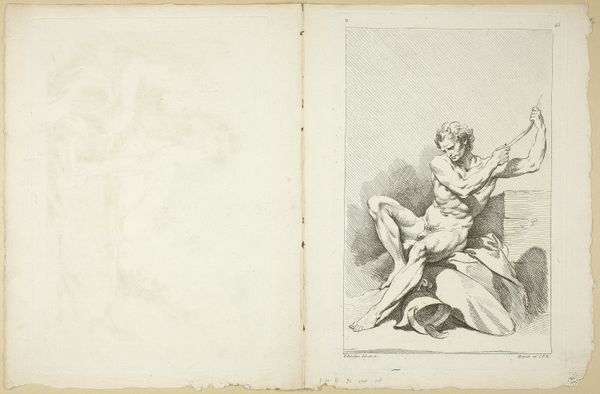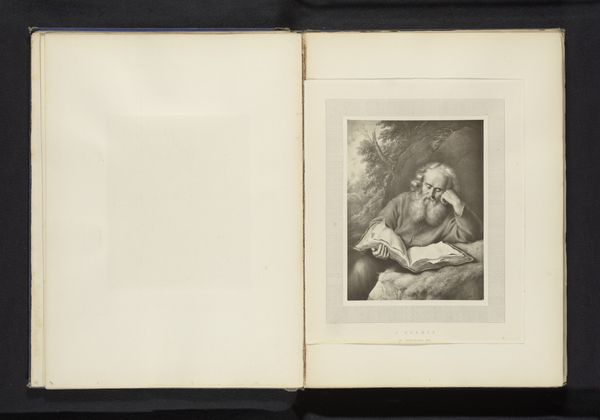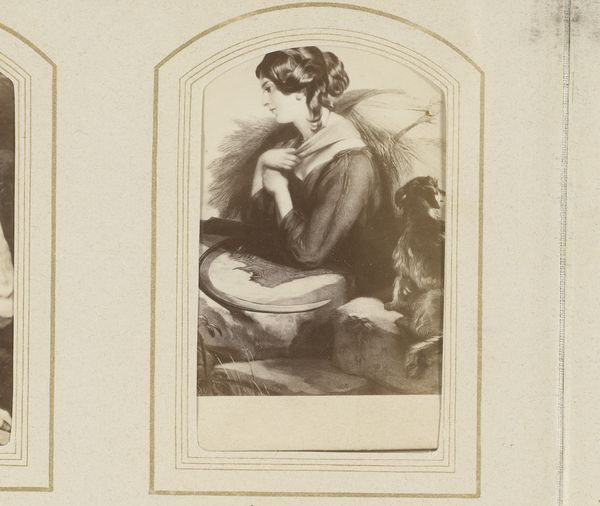
Fotoreproductie van een tekening, voorstellende een portret van Francis George Hare before 1876
0:00
0:00
drawing, paper, pencil
#
portrait
#
pencil drawn
#
drawing
#
aged paper
#
toned paper
#
light pencil work
#
pencil sketch
#
sketch book
#
landscape
#
figuration
#
paper
#
personal sketchbook
#
sketch
#
pencil
#
pen and pencil
#
line
#
sketchbook drawing
#
academic-art
#
sketchbook art
#
realism
Dimensions: height 123 mm, width 95 mm
Copyright: Rijks Museum: Open Domain
Curator: This pencil drawing, dating from before 1876, presents a portrait of Francis George Hare, though the artist remains anonymous. Editor: It has an energy to it, doesn't it? The figure is caught in mid-motion, almost leaping off the aged paper. Curator: Indeed. Hare is depicted in a dynamic pose, perhaps suggestive of his character or a specific moment. The light pencil work creates a sense of immediacy, as though we've stumbled upon a fleeting sketch from a personal sketchbook. The work comes across like a naturalist scene: figure with simple surrounding background Editor: I’m immediately drawn to the subtle tonal gradations achieved with the pencil. Notice how the artist uses variations in pressure to define form and create depth. The interplay of light and shadow on the figure gives it volume and dimension. What sort of cultural importance would such a personal snapshot entail? Curator: While we lack specific context around the drawing's creation, its existence provides insight into the social and artistic practices of the time. Portraiture, even in sketch form, was a means of documenting individuals and their status. Sketchbooks themselves were vital tools of the time—think tanks of images in transit Editor: Do you feel the setting helps to ground the figure? Personally, I’m less keen on how the surrounding background blends around it. Almost like one continuous shape! Curator: While basic, its inclusion gestures toward an attempt to place Hare within a specific locale, even if that locale remains loosely defined. Consider, too, that this could be a reproduction of an original drawing, making it part of a chain of representation that reflects Hare's status within a wider network. Editor: Looking at it again, I see more attention paid to the anatomical sketch. The body, at least. It gives you a better glimpse of the artist's ability and training. I hadn't considered the drawing's reproductive aspect—that introduces layers of interpretation. Thank you for providing this cultural context! Curator: And thank you for pinpointing elements that escape my cultural purview! It makes us want to dig deeper, find answers.
Comments
No comments
Be the first to comment and join the conversation on the ultimate creative platform.
